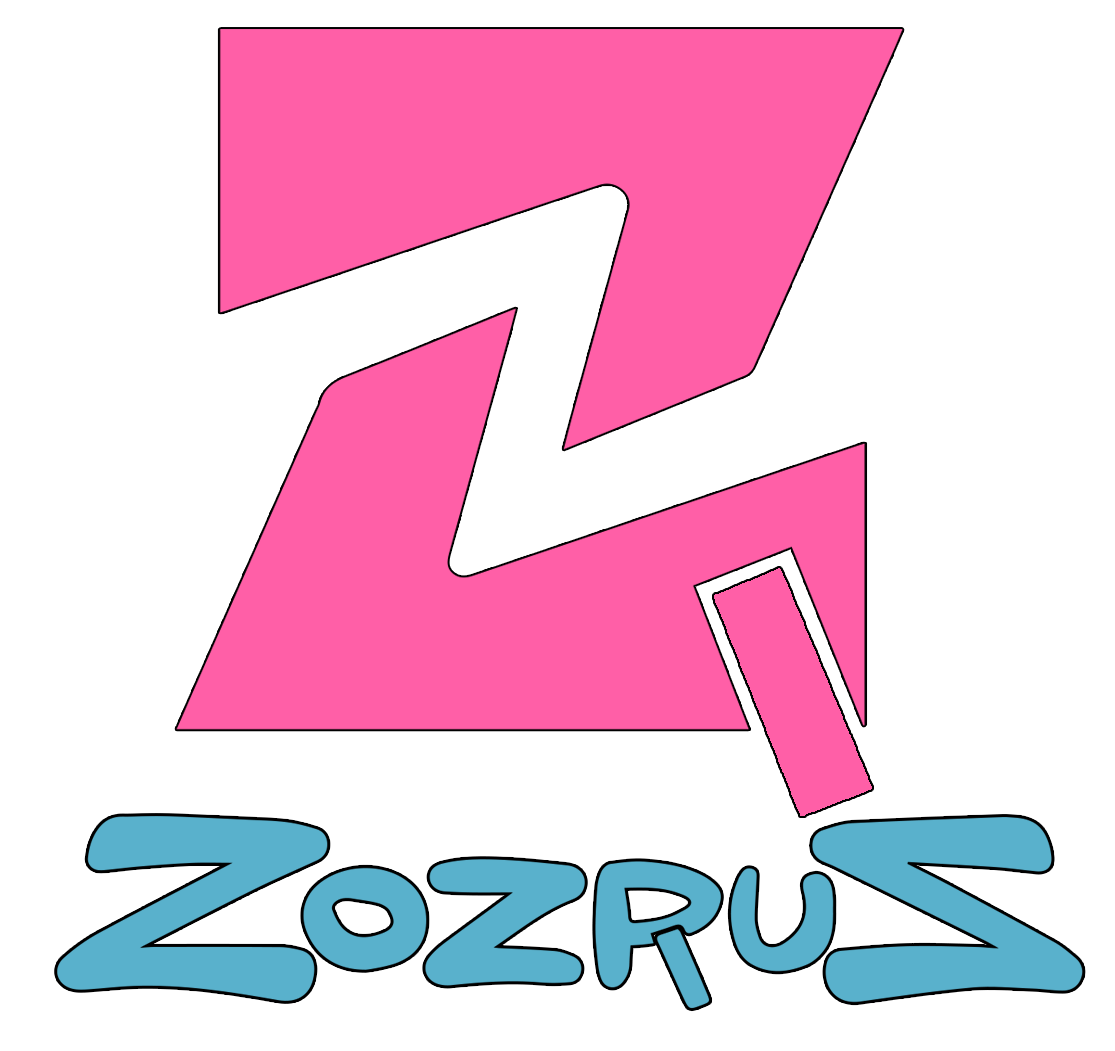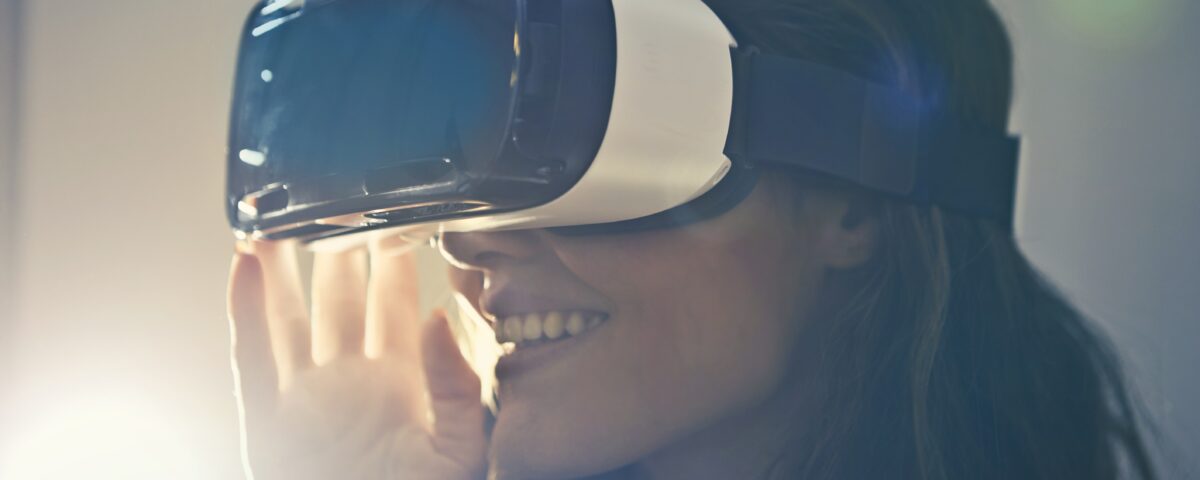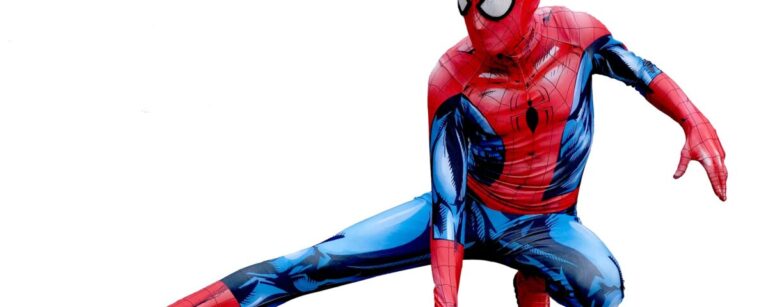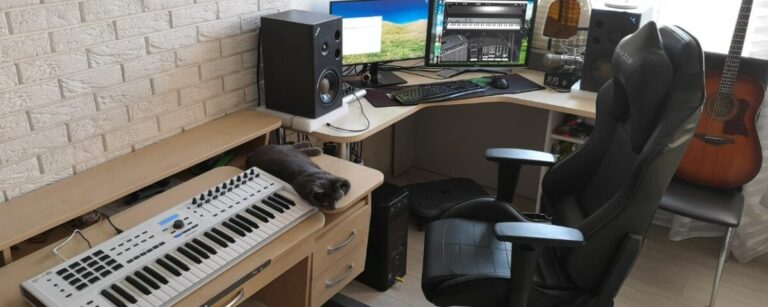Different Types and Benefits of 3D Virtualization
3D virtualization is creating and virtualizing objects in a three-dimensional space. This technology has come a long way and unlike its counterpart in the 2D world, a designer can rotate and move figures in 3D like a real-life object. There are many forms of 3D virtualization and its techniques. If you choose 3D virtualization for your next project, it’ll be helpful to know which direction you want to go so your production runs smoothly.
3 Types of 3D Virtualization
- Virtual Reality: This type of 3D virtualization has opened up a new world for not only users but animators as well. Created in a 3D software, this type features an environment that’s purely digital but used in an immersive way. It requires special equipment to allow users to interact with the physical space and also the most complex to creates.
- 3D Animation: This is the most widely known type of 3d art. It’s strictly visual as there’s no interaction with anything in the digital space.
- Real-Time 3D: While 3D films rely on visual experience, this type relies on user interaction. This allows users to move through a 3D world on a computer screen with a mouse or keyboard as external controls. Used in gaming software and also Architectural Virtualization.
The Evolution and Benefits of 3D Techniques
Since its inception in the late 90s, 3D animation as catapulted forward with new technology. Various techniques have pushed boundaries further and how we, as viewers, see them. Even business has taken this style and uses it in many industries like film, gaming, education, healthcare, interior design, and home improvement, and architecture. The benefits have expanded as we see more of its uses.
- It’s Interactive: When it comes to visual technology, 3D animation allows viewers to interact with what they’re watching.
- Realism: It presents a convincing look in color studies and reduces prototyping and photography costs.
- New Ideas and Styles: With its ability to create 3D models, many people are discovering many new styling options, which in turns brings forth new ideas.
- Designs are High-quality: Engineers can use 3D animation to model their products before sending them to prototype, which sees an increase in quality.
- Time and Cost-Effective: Since 3D animation creates photorealistic models, many companies find it easier to see errors corrected before moving forward. It also allows animators to do the same for their clients to help them finish a project.
- Market Time: 3D concepts are easier to create and test, which makes animators arrive at workable models faster.
- Idea Exchange: This makes it easier for a client and an animator to exchange ideas and get models created quickly and meet deadlines. Production time is cut down when all parties are involved.
3D technology has made a significant movement forward in its evolution as a type of virtualization. Even more so, more styles of 3D Virtualization have sprung up offering designers and viewers more benefits that fit outside the norm of the traditional animation. As technology moves forward, more spectacular things will develop in the 3D world.




